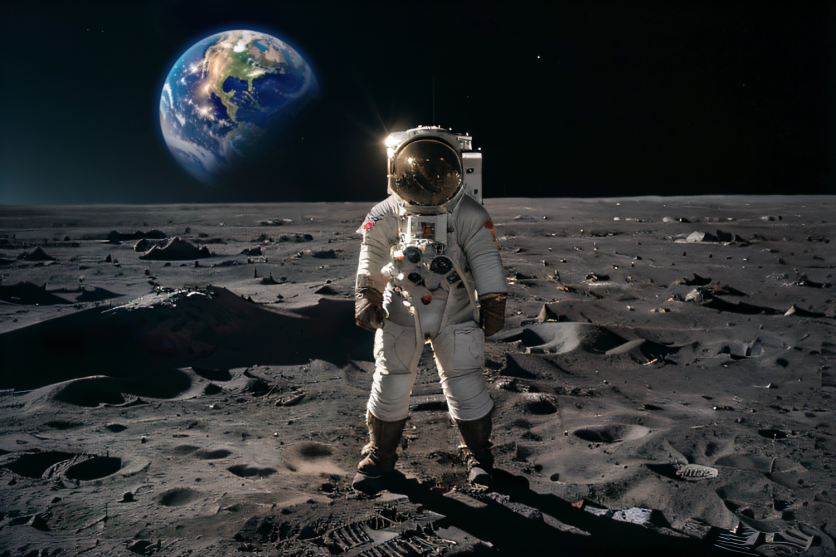The first non-American to land on the Moon will be a Japanese astronaut after NASA Administrator Bill Nelson and Japan's Minister of Education, Culture, Sports, Science, and Technology (MEXT) Masahito Moriyama formalized an agreement aimed at advancing sustainable human exploration of the Moon.

NASA and Japan Ink and Agreement for the Moon
As per the agreement, Japan will design, develop, and operate a pressurized rover for both crewed and uncrewed missions to the Moon.
In return, NASA will facilitate the launch and delivery of the rover to the lunar surface and provide two opportunities for Japanese astronauts to journey to the Moon.
President Biden and Prime Minister Kishida have jointly expressed their aspiration for a Japanese national to become the first non-American astronaut to set foot on the lunar surface during an upcoming Artemis mission.
The signing ceremony, which took place on April 9 at NASA Headquarters in Washington, saw the participation of key figures, including JAXA President Hiroshi Yamakawa, alongside Nelson and Moriyama.
"The quest for the stars is led by nations that explore the cosmos openly, in peace, and together. This is true for the United States and Japan under the leadership of President Biden and Prime Minister Kishida," Nelson said in a press release statement.
"America no longer will walk on the Moon alone. With this new rover, we will uncover groundbreaking discoveries on the lunar surface that will benefit humanity and inspire the Artemis Generation."
Read Also : NASA Upgrades Its SLS Mega-Rocket Design to Make It a More Powerful Beast for Future Artemis Missions
The Pressurized Lunar Rover
The pressurized lunar rover is envisioned to enhance astronauts' ability to explore and conduct scientific research across diverse lunar terrain.
Acting as a mobile habitat and laboratory, it will accommodate two astronauts for extended durations, allowing for enhanced mobility and productivity during lunar missions.
The agreement is framed within the broader "Framework Agreement Between the Government of Japan and the Government of the United States of America for Cooperation in Space Exploration and Use of Outer Space, Including the Moon and Other Celestial Bodies, For Peaceful Purposes," signed in January 2023.
This framework sets the stage for extensive collaboration between the two nations across various space exploration and utilization domains.
In addition to lunar surface exploration, the agreement paves the way for Japan's involvement in other NASA missions, including the Dragonfly mission and the Nancy Grace Roman Space Telescope.
Furthermore, both countries intend to collaborate on JAXA's next-generation solar-observing satellite, SOLAR-C, which is aimed at investigating solar atmospheres.
In a separate Gateway Implementing Arrangement inked in 2022, NASA will invite a Japanese astronaut to participate as a crew member on a forthcoming Artemis mission to the Gateway. In return, Japan will provide the Gateway with environmental control, life support systems, and cargo transportation services.
NASA is committed to reaching numerous objectives under the Artemis program, such as sending the first woman, the first person of color, and the first international partner astronaut to the Moon.
Related Article : Intuitive Machines' Historic Moon Mission Faces Premature End After Odysseus Lander Tips Over


![Apple Watch Series 10 [GPS 42mm]](https://d.techtimes.com/en/full/453899/apple-watch-series-10-gps-42mm.jpg?w=184&h=103&f=9fb3c2ea2db928c663d1d2eadbcb3e52)


